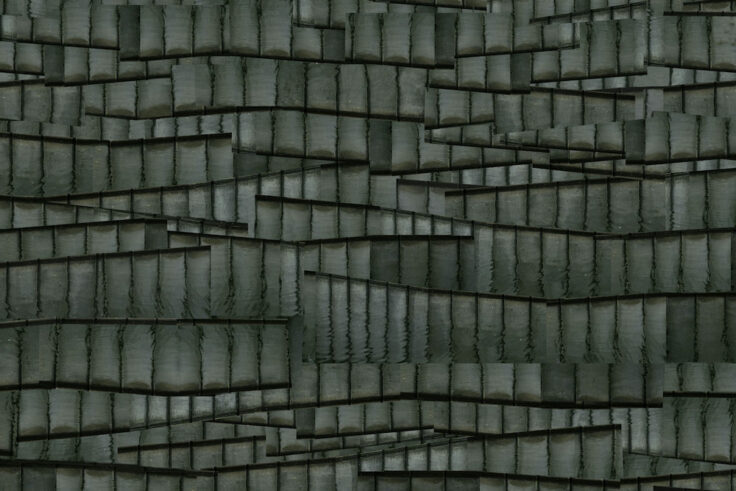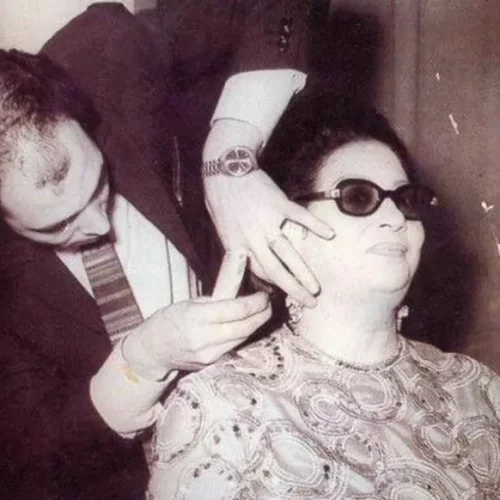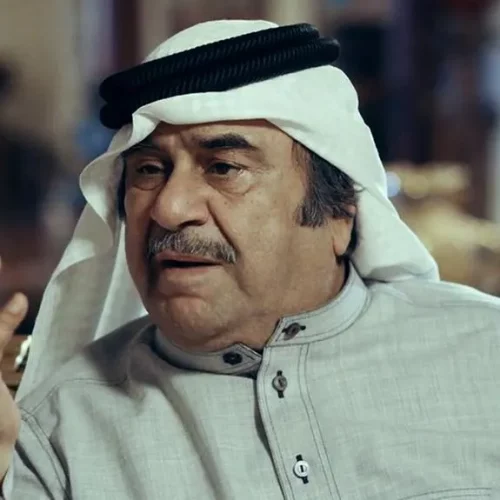Exceptional art is designed to incite emotions, summoning forth a spectrum of feelings— good, bad, ugly, and sad. Beyond its emotional impact, art can also strategically serve various purposes. It functions as a conduit for broadcasting messages to a wider audience, encapsulating intricate truths, acting as a form of resistance, and safeguarding memories.
Over the past 75 years, following the forceful displacement of 750,000 Palestinians in what is now known as the Nakba, there has been a surge in artistic expressions responding to Israel’s illegal occupation of Palestine. These creations, both stirring and painful to behold, stand as poignant reminders of the brutality and injustice experienced under occupation. Simultaneously, they bear witness to the unwavering strength and resilience of the Palestinian people in the face of oppression. As you scroll down and discover some of the evocative installations, paintings, sculptures, and photographs that reflect life under occupation, it’s crucial not to endorse the existence of this oppressive regime, no matter how beautiful some artists may interpret its meaning.
Untitled by Abdulrahman Katanani
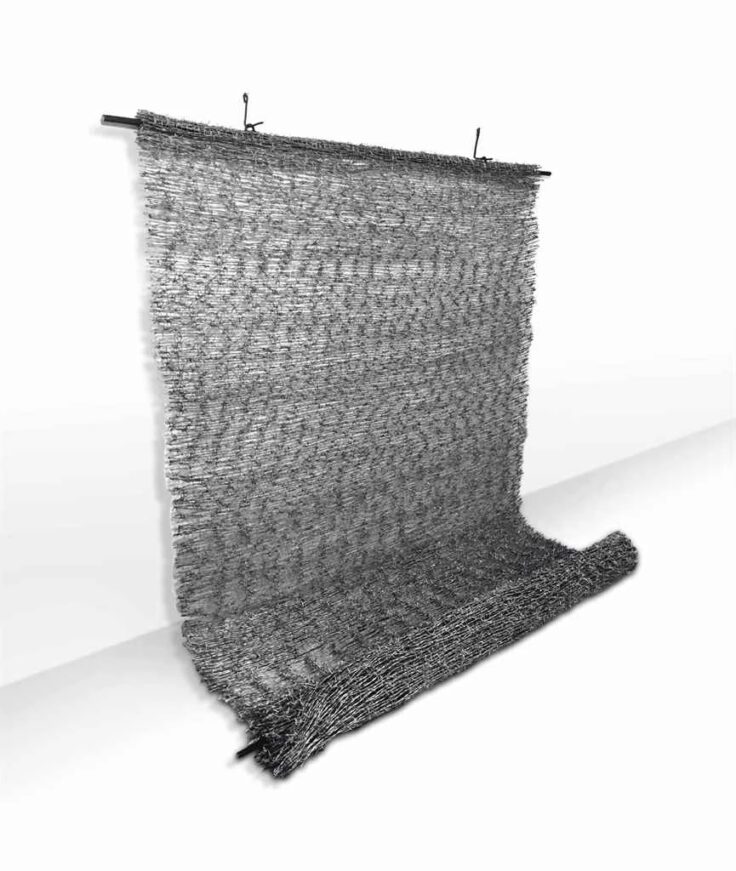
Through his work, Abdulrahman Katanani portrays the tragedies and hardships endured at the Sabra and Shatila refugee camp in Lebanon, where he spent most of his life. In this artwork, Katanani uses objects found in the camp— bottle caps, rags, utensils— with materials indigenous to the camp’s structure such as barbed wire and corrugated iron to push forth messages of resistance and endurance that are the main characteristics of life in the Palestinian refugee camps.
Metamorphosis 2012 by Steve Sabella
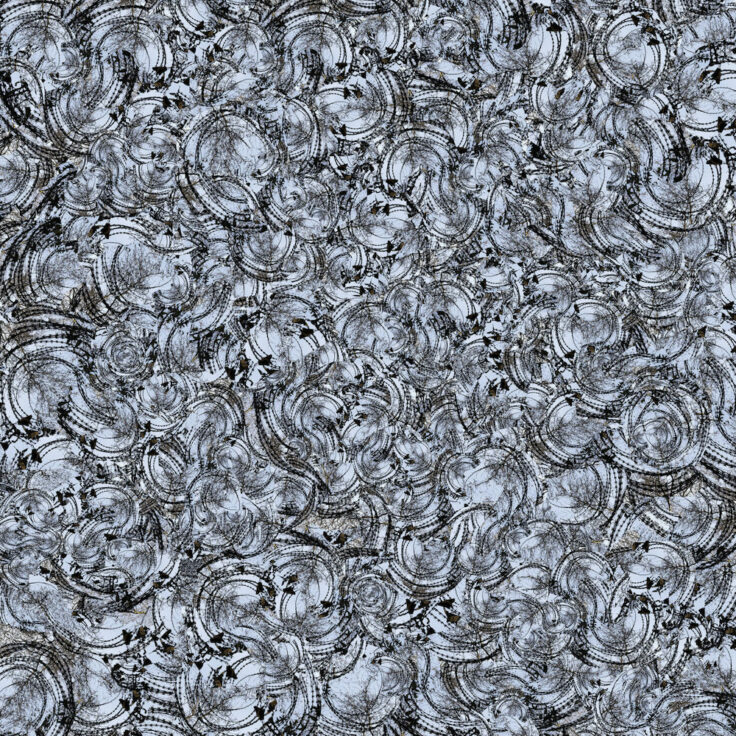
As a Palestinian visual artist and photographer who has lived both under occupation and in exile, Steve Sabella’s work explores themes of diaspora, occupation, and the Palestinian experience. In his series of photographic collages titled Metamorphosis 2012, Sabella uses his camera as a painter uses a brush, cutting and layering photographs in an abstract way that was only thought possible in paintings. One of the photographic collages from Metamorphosis 2012 features segments of the Separation Wall multiplied into a dizzying motif with no top or bottom, visually representing the claustrophobic and imprisoning nature of the wall.
Grounded by Raije Cook
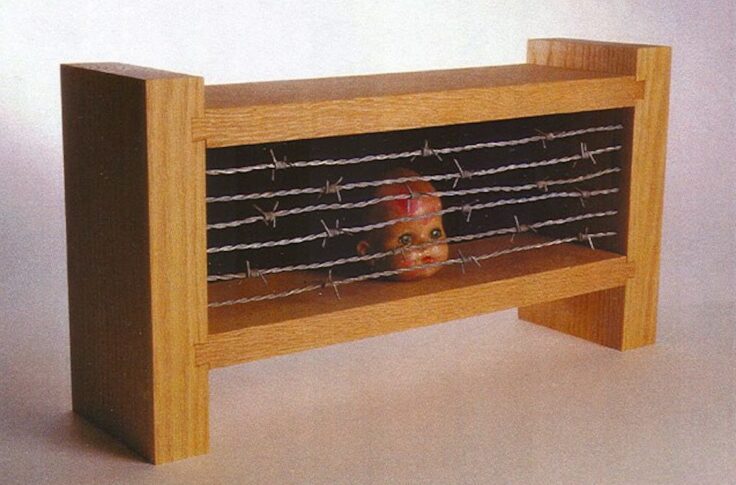
Late Palestinian artist Raije (Roger) Cook used his art to advocate for the Palestinian cause. He often chose to tell the Palestinian story using doll parts sourced from flea markets and small window boxes he created as a way to articulate the tragic conditions in Palestine. “As in the theater, where performers work within a three-dimensional environment to convey comedy or tragedy, I am creating miniature (silent) theaters to express the same. Within a three-dimensional space (which I construct) and with the use of found and fabricated objects (the performers), I am trying to share my innermost feelings with my audience,” he explained.
Twisted Rope by Mary Tuma
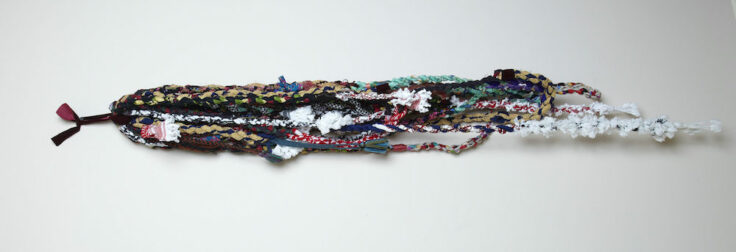
Mary Tuma constructed a rope out of old scraps of traditional Palestinian dresses, keffiyas, and other fabrics found on both sides of the occupation barrier that measures 60 feet long— just long enough for two people on either side of the wall to climb up and meet at the top. In the collection of the Arab American National Museum, the artwork represents all the families and communities that have been divided by the construction of the Separation Wall.
Gaza Peace by Heba Zagout
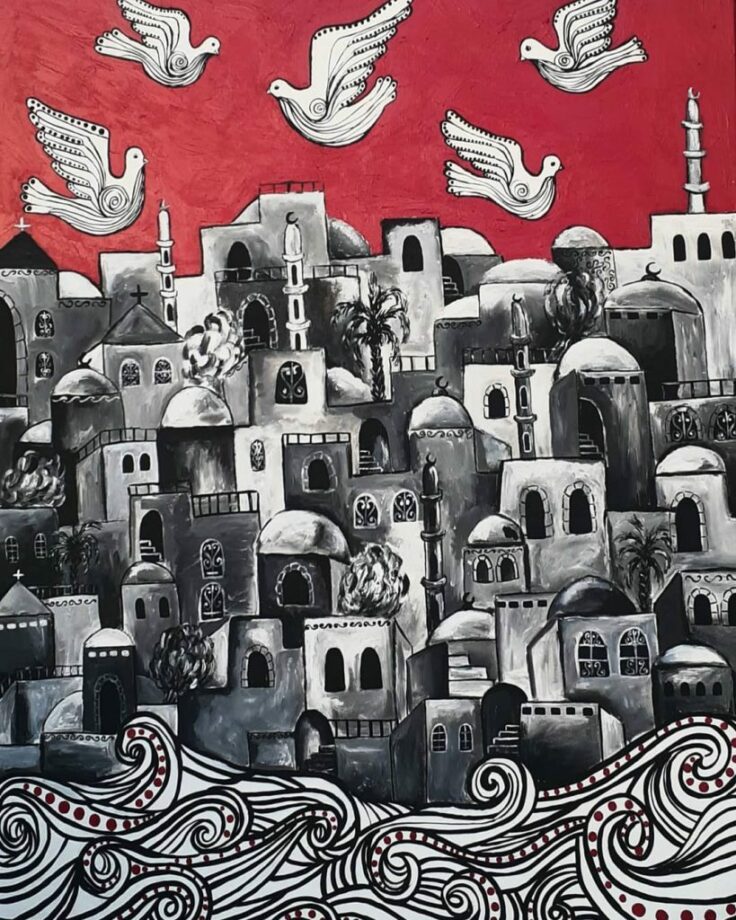
As an educator and artist, Heba Zagout dedicated her life to preserving Palestinian culture and heritage as it faced constant erasure under occupation. In her paintings, she often incorporated elements like mosques and churches, keys, olive trees, farms, and doves. Gaza Peace is a 95 x 94 cm acrylic painting that shows Gaza as a city where coexistence thrives, dotted with mosques, churches, and shrines. This depiction is contrasted by violent waves blocking the city entrance, alluding to the occupation barrier, and a bloody, red sky flanked by white doves to represent the collective hope for freedom and peace amid relentless bombing and bloodshed. Despite her aspirations for a more peaceful future, Zagout was tragically killed in her home alongside two of her children by an Israeli airstike on Oct. 13.
Intifada Stones by Mary Tuma
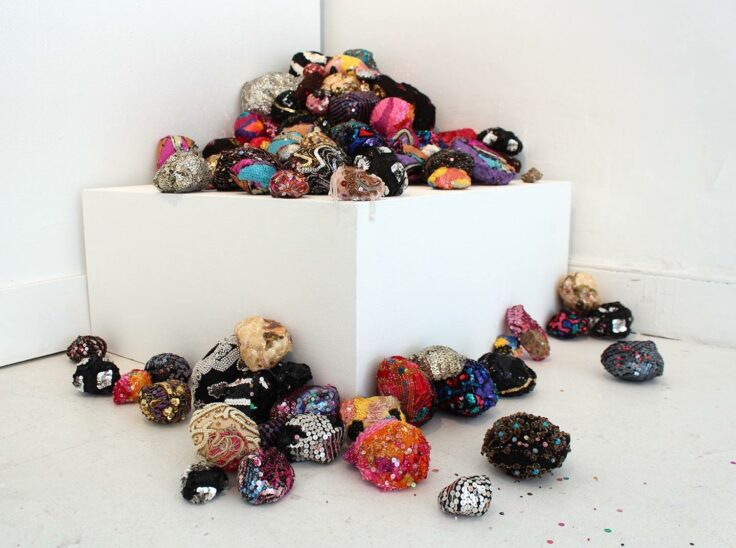
The Palestinian-American artist who lives in the US and is a professor at the University of Carolina started crochet and embroidery at an early age. The techniques are ever-present in her works, including Intifada Stones, which is a collection of rocks made out of foam, plastic landfill, and scraps of old sequined party dresses. Many have characterized stone throwing by Palestinians as a form of limited, restrained, and non-lethal resistance against the apartheid state’s heavily armed troops. Considering that it doesn’t inflict any damage, the act is seen as symbolic of the disparity of power between the occupied and occupier. This symbolic act of stone throwing was central to the First Intifada but carried on in practice at protests since, as it came to be seen as a form of defiance and resistance. Although stone throwing is not considered deadly in most countries, it is treated as a felony by Israel, with a maximum penalty of up to 20 years.
Action 105 by Reza Aramesh
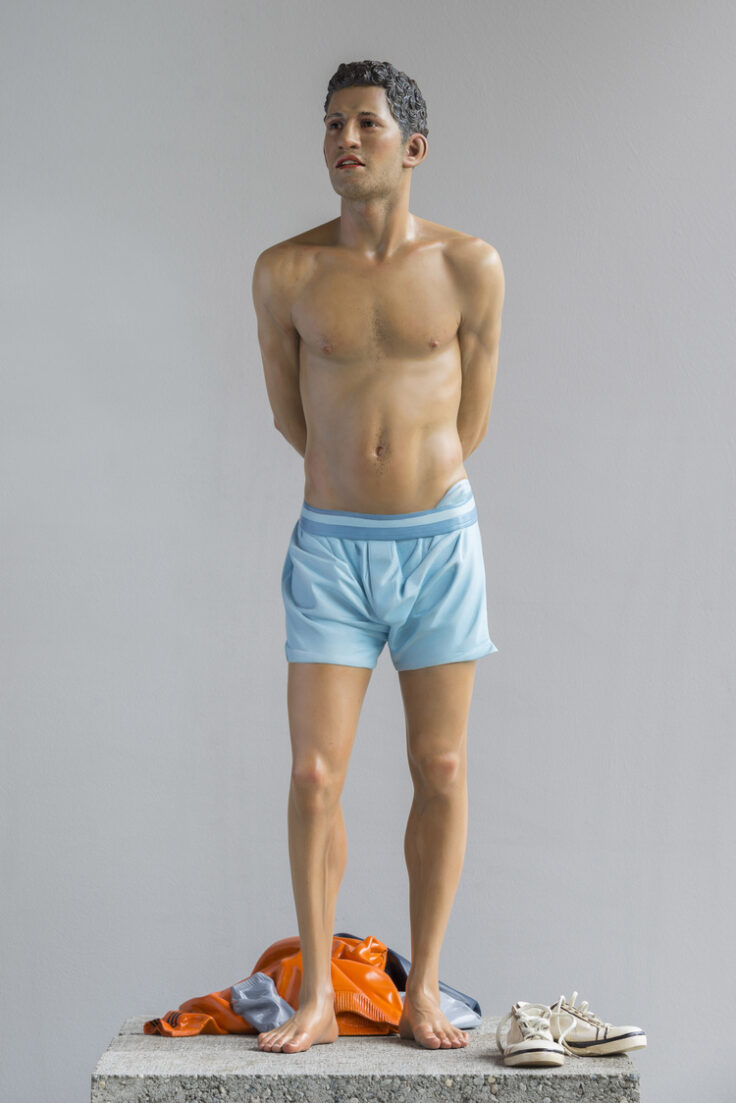
The artist’s “Action” series features handcarved sculptural reenactments of episodes of violence and humiliation perpetrated by men upon men across conflict zones from Korea and Vietnam to Algeria and Palestine. Action 105 recounts an Israeli soldier pointing his gun at a Palestinian youth asked to strip down as he stood at a military checkpoint along the separation barrier at the entrance of Bethlehem in 2006.
Prison by Sliman Mansour
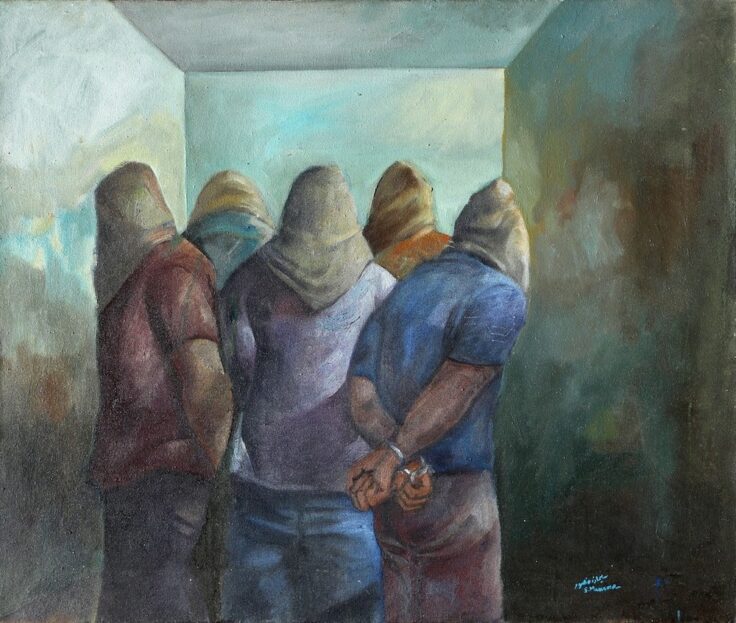
The painting by Sliman Mansour depicts five men with their hands cuffed behind their back and their heads covered so they cannot see. Huddled back-to-back, still they stand tall. The artwork, from 1982 (this didn’t start on Oct. 7), is reflective of the inhumane and dehumanizing conditions Palestinian prisoners are subjected to under occupation. Presently, Israel has in its custody over 7,000 Palestinian political prisoners, with over 2,000 of them held under administrative detention. Among these detainees, a significant number are children who find themselves entangled in the Israeli legal system. Numerous individuals, including minors, endure prolonged stays within the system, frequently subjected to administrative detention without the opportunity to present a case for their release.
Death by Ahlam Shibli
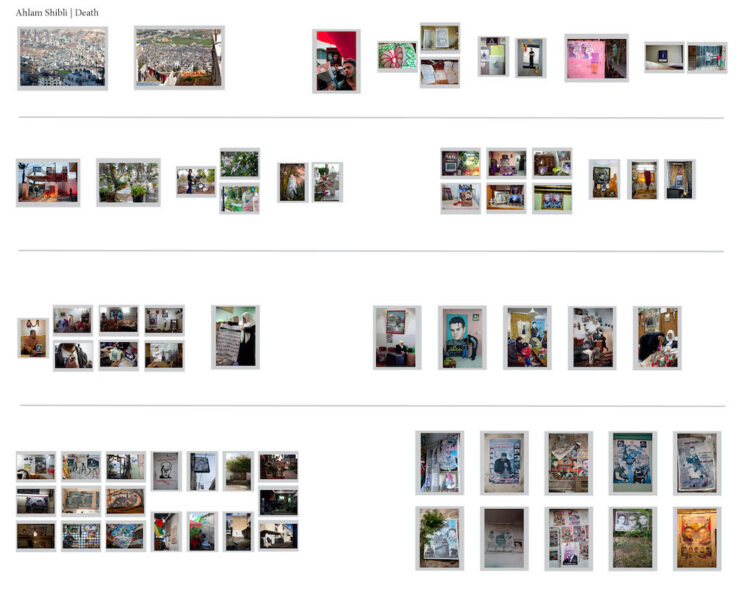
Entitled Death, Ahlam Shibli’s series of photographs of Palestinian martyrs and prisoners captured by Israel, who died for their freedom, were photographed between 2011 and 2012. Shibli sought out the families and friends of these people as well as contacted martyr support associations. The resulting 68 medium and large color prints include posters, murals, banners, paintings, photographs, and graffiti of some of the most revered martyrs in Nablus, a bastion of Palestinian resistance during the Second Intifada. In Palestine, anyone who is killed by Israel is considered a martyr. In contrast, their remembrance faces constant threat from Israeli authorities who seek to erase the historical narrative of the Palestinian people. Through this series, Shibli strives to ensure their spirit lives on.





